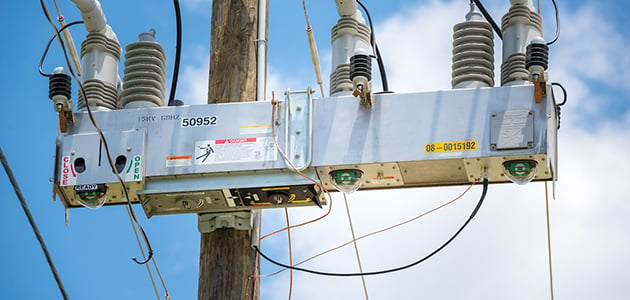A Smart Grid is a Strong Grid
Back to Top
According to S&C’s “State of Commercial & Industrial Power Reliability” survey, 52 percent of facilities and energy managers surveyed expressed dissatisfaction with existing power reliability. We all know the technology behind smart devices continues to advance to meet new grid-reliability demands. And yet, why the continued dissatisfaction? It just doesn’t make sense.
I believe the primary reason for this is the large established base of active “old grid” devices. Simply put, we are not replacing our smart devices fast enough. Replacing your old grid equipment may appear to represent a significant initial investment, but upgrading is an essential step in creating a reliable and robust grid.
Why invest in smart devices now? What is the most significant difference between an old grid device and a smart grid device? The answer to both questions is communication and control. People expect to easily communicate with their technology in every aspect of their life, including the grid. With the click of a button–ideally from my car–I want music to be playing in my living room and the lights to be turned on in my kitchen when I get home.
This is the type of advanced capability smart devices also offer utilities, both small and large. The increased communication and control available would include simple things such as verifying whether a fault has occurred on the line or more advanced functions like regulating the frequency and voltage of electricity.
Smart devices help to increase reliability for consumers, improve communication for utilities, and reduce operating costs. But why is it so pertinent to invest in smart devices now, rather than later?
The current public utility commission doctrines lock utilities into grid devices for anywhere between 15 to 30 years to get the expected return on assets. Existing smart devices will continue to advance, adding more and more customer benefits. You can’t expect to stay up to date on grid reliability if you wait 15 to 30 years until you install new smart devices.
Even if your customers cannot fully realize the functions and benefits of a smart device today, they will shortly because the rate of change today is faster than ever before. In the past, waiting for 30 years would be no sweat, but waiting now could be detrimental. Soon, your customers will grow to expect this new technology, and you will regret the missed benefits of smart devices if you don’t break the norm and start installing them across your system today.
I’m interested in hearing your thoughts on other ways to continue the growth of a stronger and more reliable grid.